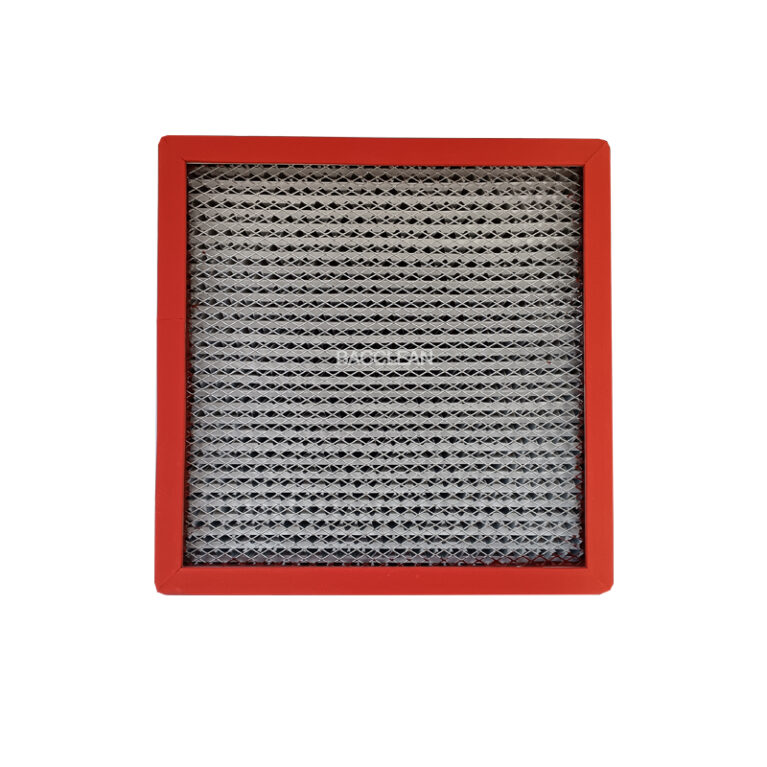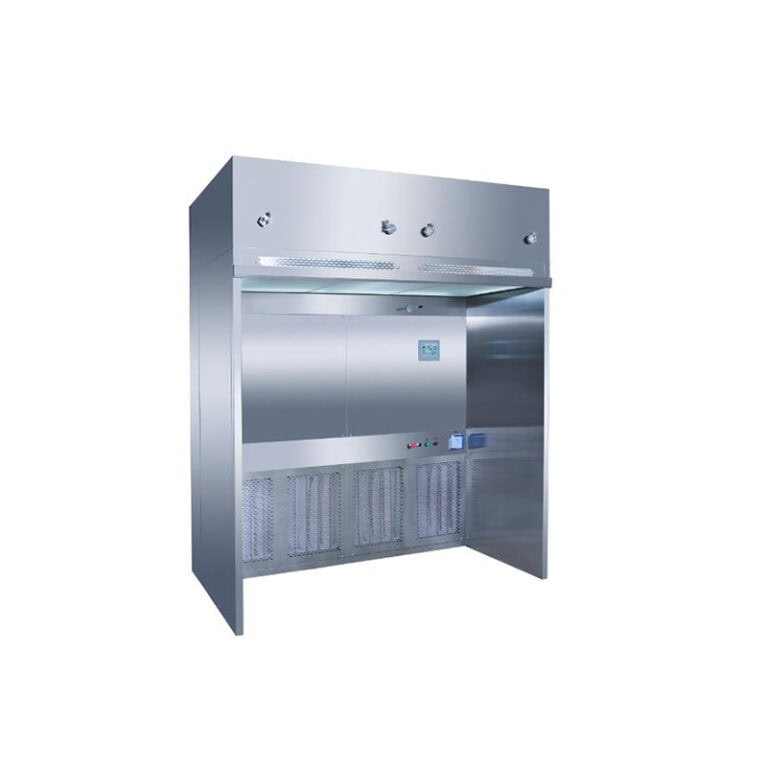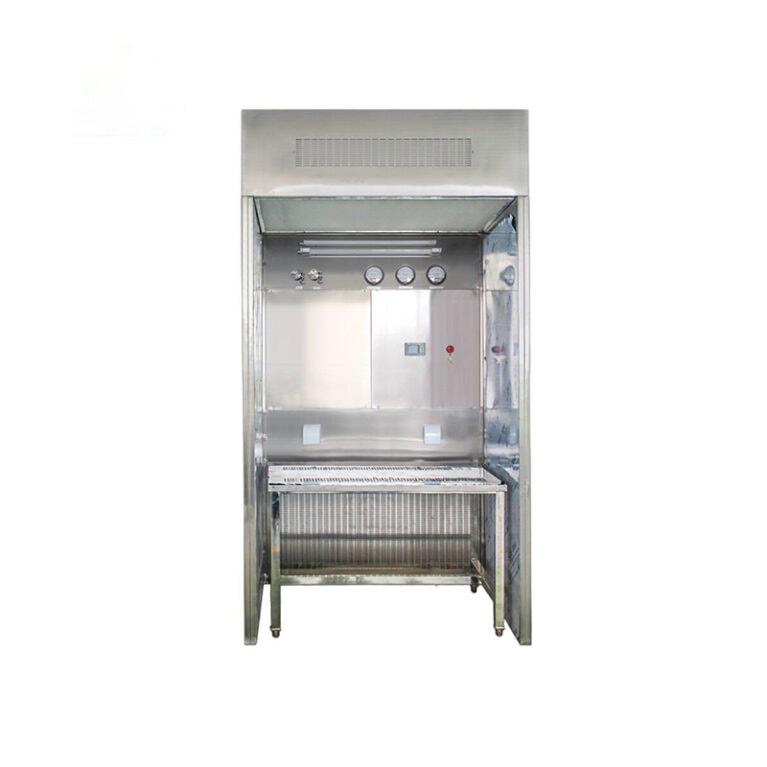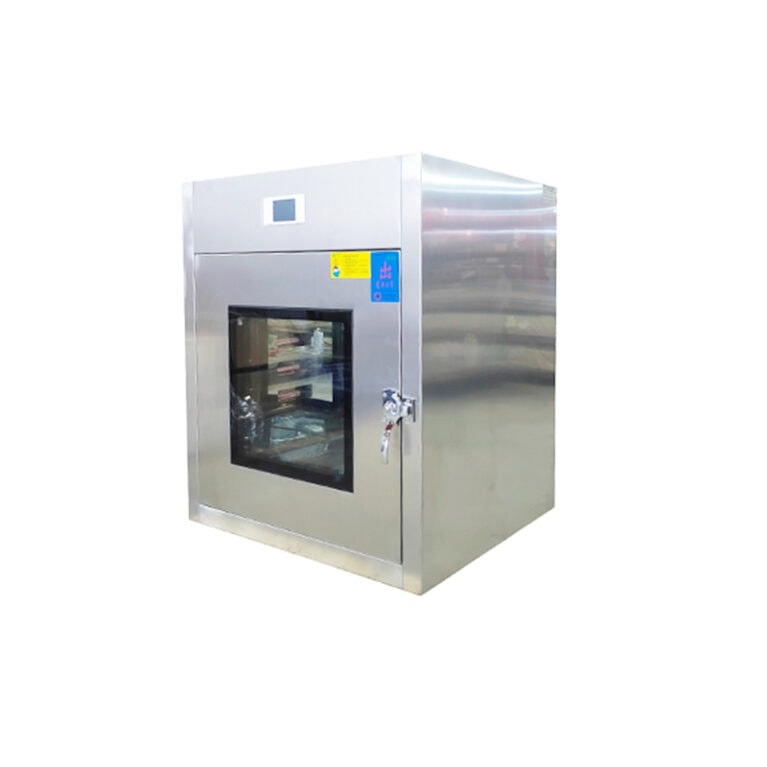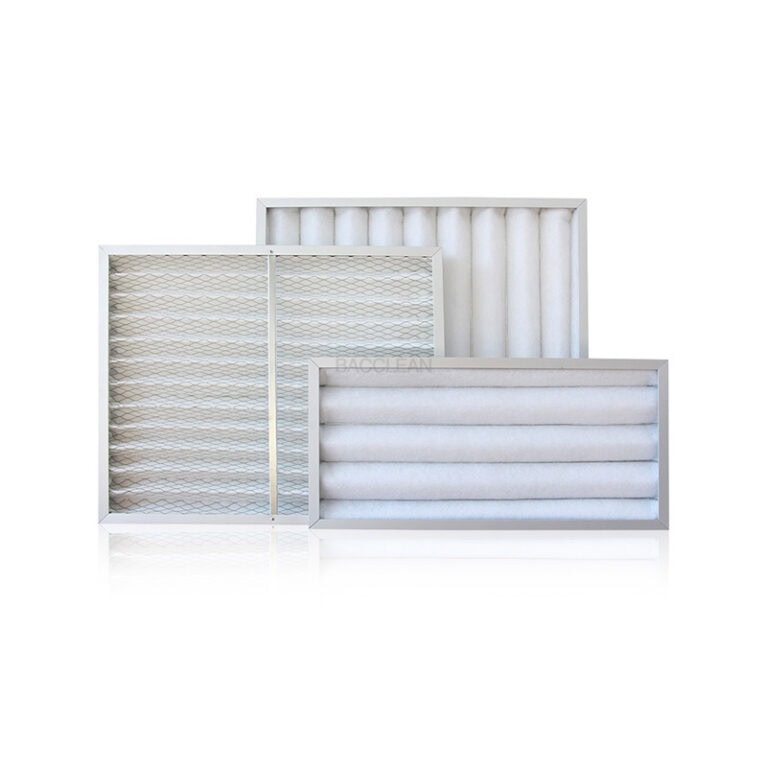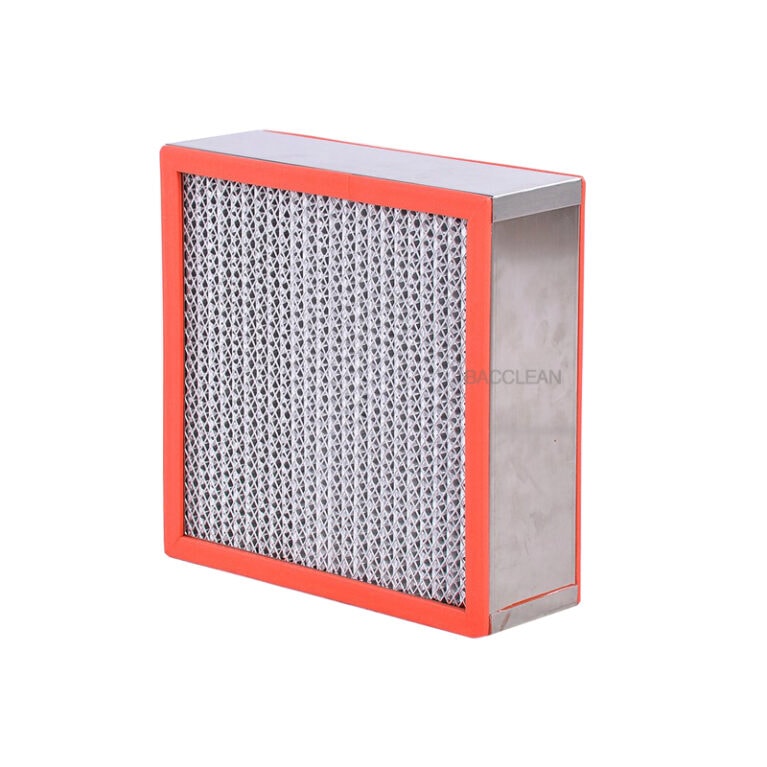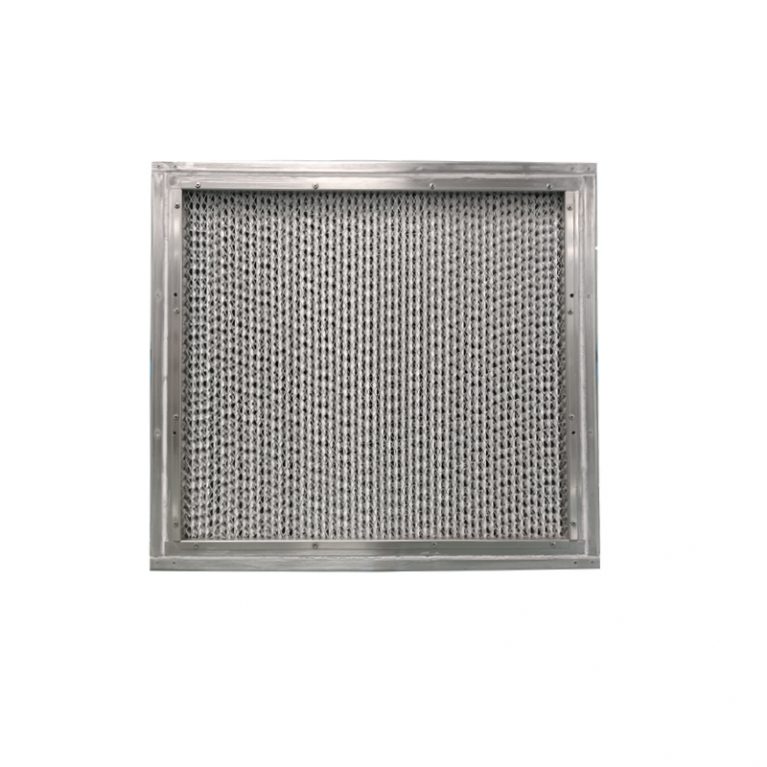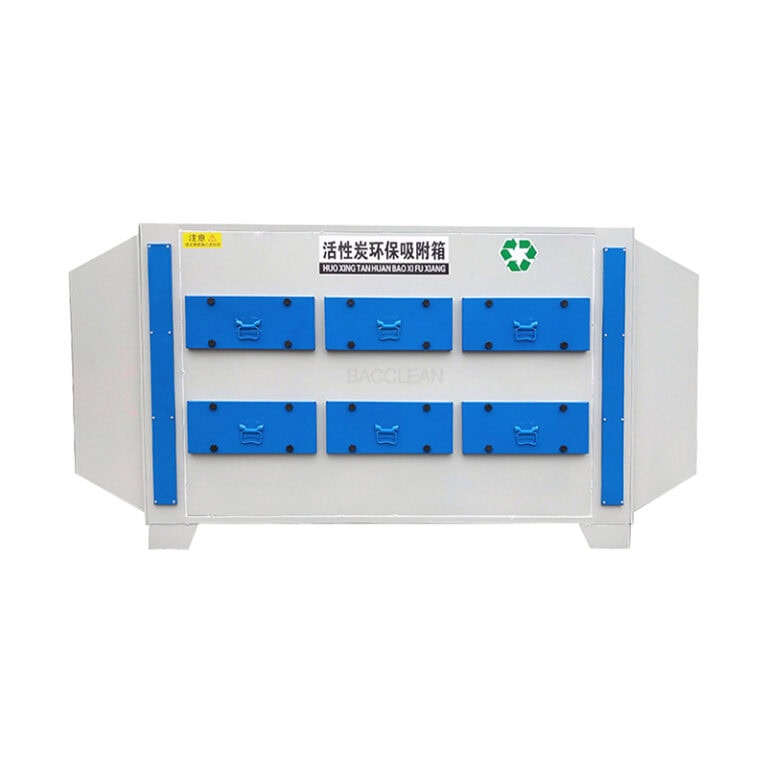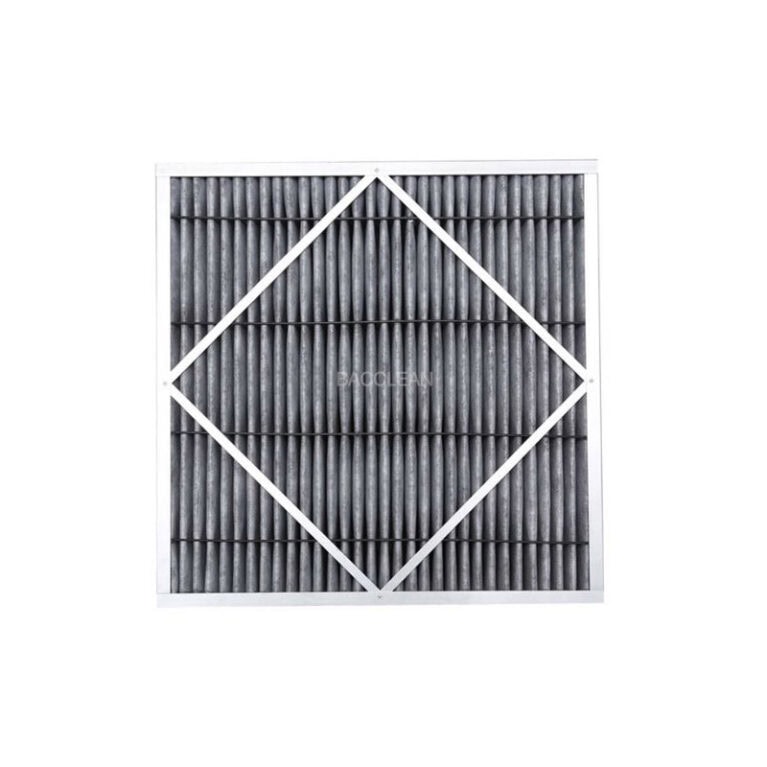Due to differences in filter material types, structural designs, sealing materials, etc., the service life of different types of liquid trough air filters (mainly referring to the filter material replacement cycle and the service life of the sealing system) will vary significantly. The following is an analysis of their lifespan differences based on common classification methods:
I. Classification by Filtration Efficiency Grade (Core Impact on Filter Material Lifespan)
Liquid trough filters typically correspond to high efficiency (HEPA) and ultra-high efficiency (ULPA) grades. The higher the efficiency, the smaller the pore size of the filter material, and the more obvious the difference in dust holding capacity and service life.
H13-H14 grade (High Efficiency)
The filter materials are mostly superfine glass fiber filter paper, with a filtration efficiency of ≥99.97% (H13) or ≥99.995% (H14) for 0.3μm particles.
The dust holding capacity is moderate (about 150-250g/m²). In conventional clean environments (such as ISO Class 5 workshops), the filter material replacement cycle is approximately 6-18 months. If the pre-filtration is complete (primary and medium efficiency pre-treatment), it can be extended to two years.
The lifespan of sealant is not affected by efficiency, and high-quality materials can still last for more than 10 years.
U15-U17 grade (Ultra-efficient)
The filter materials are mostly PTFE-coated or superfine glass fiber composite filter materials, with a filtration efficiency of ≥99.999% (U15) or more for 0.12μm particles, featuring smaller pore sizes and finer fibers.
The dust-holding capacity is relatively low (about 80-150g/m²), and the filter material is prone to clogging. The replacement cycle is usually 3 to 12 months. Even in high-cleanliness environments (such as ISO level 3), it is difficult to exceed 18 months.
Ii. Classification by filter material (Affecting dust holding capacity and aging resistance)
Glass fiber filter material
Traditional mainstream materials have a relatively high dust holding capacity (about 200g/m² for H14 grade), but their moisture resistance is average (long-term humidity > 80% May affect strength.
Service life: In a dry and clean environment, the filter material replacement cycle is 8 to 18 months. It may be shortened to 6 to 12 months in a high-humidity environment.
PTFE-coated filter material
The surface is covered with polytetrafluoroethylene film, which is hydrophobic and resistant to chemical corrosion. Its dust holding capacity is slightly lower than that of glass fiber (about 150-200g/m²), but it is not easy to adhere to oil stains or water vapor, which can reduce the clogging speed.
Service life: In damp or slightly chemically contaminated environments (such as pharmaceutical workshops), the replacement cycle is 6 to 24 months (20% to 30% longer than that of glass fiber filter materials with the same efficiency).
Synthetic fiber composite filter material
Made of synthetic fibers such as polyester, it has good toughness, moisture resistance, and aging resistance, and a medium dust holding capacity (about 180g/m²), making it suitable for high-temperature and high-humidity environments (such as food aseptic workshops).
Lifespan: 10-24 months. Its adaptability to harsh environments is superior to that of glass fiber.
Iii. Classification by Structural Design (Affecting Airflow Uniformity and Filter Material Loss)
Non-partitioned liquid tank filter
The filter material is separated by hot melt adhesive, featuring a compact structure, low air resistance, and uniform distribution. The force on the filter material is more balanced, and local areas are less likely to clog prematurely.
Filter material lifespan: 10%-20% longer than that of filters with separators of the same specification, approximately 8-20 months under normal conditions.
Pleated liquid tank filter
When separated by aluminum foil or paper partitions, the air flow resistance is slightly higher, and the local wind speed may be uneven, which can easily cause the filter material near the partition to clog first.
Filter material lifespan: Typically 6 to 16 months, suitable for scenarios with low space requirements (such as renovation of old factories).
Iv. Classification by Sealant Type (Affecting the Overall Equipment Lifespan)
Silicone sealant
It can withstand high and low temperatures (-50℃ to 200℃) and has strong anti-aging properties, making it the mainstream choice. The sealing life can reach 10 to 15 years. Even if the filter material is frequently replaced, the sealing performance remains stable.
Polyurethane sealant
It has good elasticity, but its temperature resistance is slightly poor (-30℃ to 80℃). Long-term contact with grease or solvents may accelerate aging. The sealing life is about 5 to 8 years. It is suitable for normal temperature and dry environments.
Butyl rubber sealant
It has a relatively low cost, but weak aging resistance. It is prone to hardening when exposed to ultraviolet rays for a long time, and the sealing life is only 3 to 5 years. It is mostly used in temporary or low-demand scenarios.
Summary: The core rule of lifespan differences
The filter material is a weak point: regardless of the type, the lifespan of the filter material (3 to 36 months) is much shorter than that of the sealing system and frame (5 to 15 years), and it needs to be replaced regularly.
Efficiency is inversely proportional to lifespan: ultra-high efficiency (ULPA) has a lifespan 30% to 50% shorter than high efficiency (HEPA).
Material determines adaptability: PTFE and synthetic fiber filter materials have a more obvious advantage in terms of lifespan in harsh environments.
Structure affects uniformity: The design without separators ensures more uniform airflow and a longer service life of the filter material.
In practical applications, it is necessary to select the appropriate type based on factors such as environmental dust content, temperature, humidity, and corrosiveness to maximize the service life.
